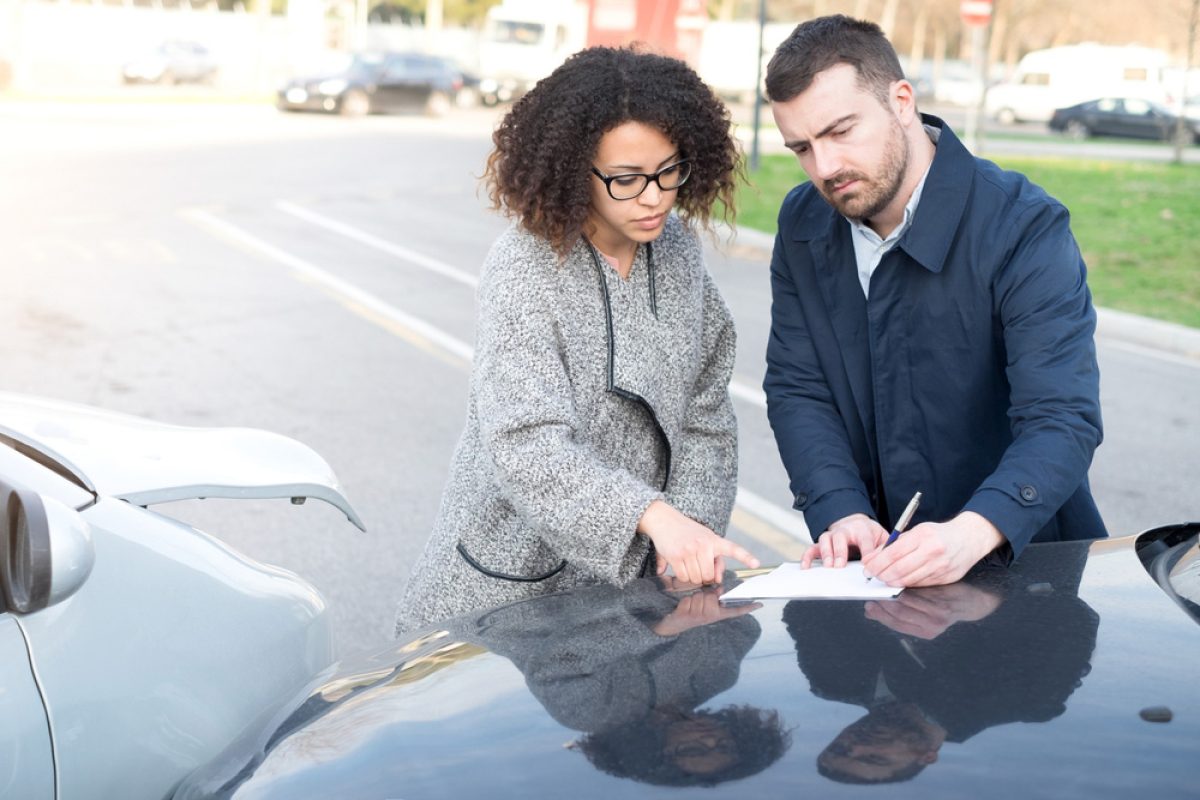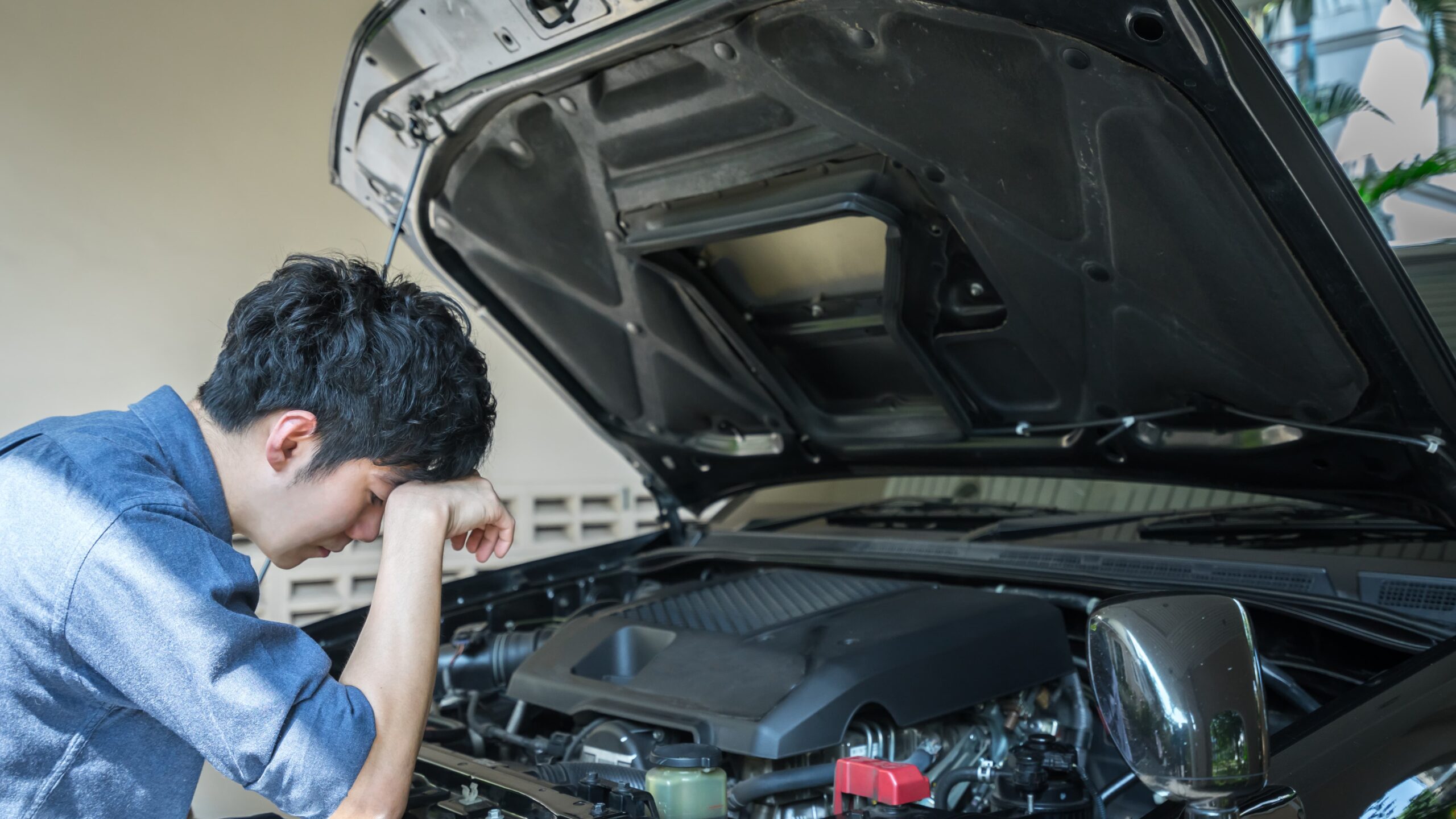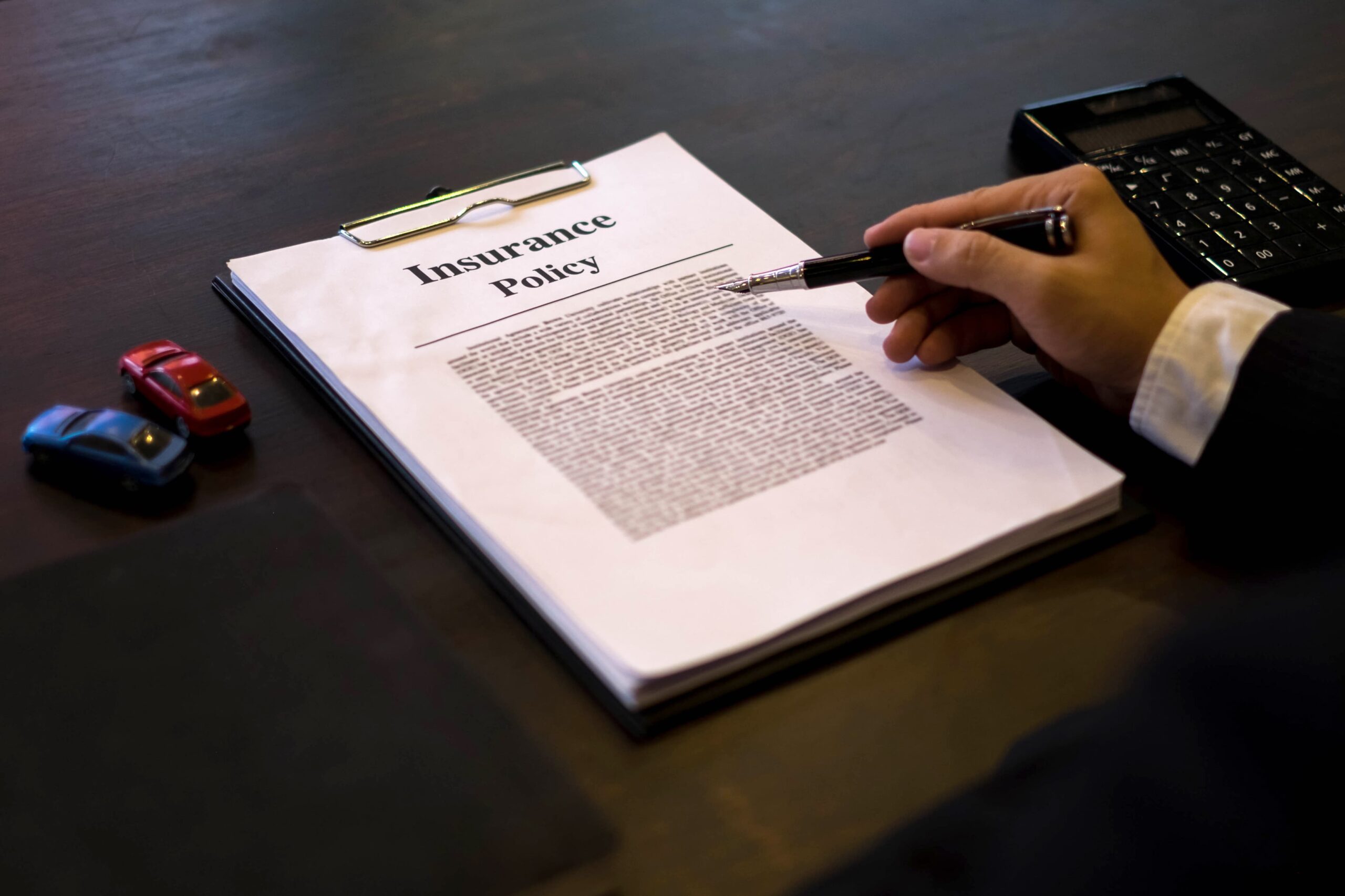A car accident can be a traumatic experience for everyone involved. Even for people who simply witness the accident. It can leave scars, both emotional and physical. In light of the range of emotions, fear, confusion, anger, and guilt – questions remain. The first typically is, “What happened?” While the second usually is, “Who was at fault?”
What is liability?
Liability in the lawful sense means being legally responsible for something. In regards to a vehicle collision, liability belongs to the driver that was at fault for the accident. So, how do you determine liability after a car accident in California?
This article will cover California laws pertaining to car accidents, what to do after a car accident, and how to determine liability. It will also discuss the importance of retaining the services of a qualified personal injury lawyer and why you should never wait to contact one after an accident.
Accidents on California Roadways
In a single year on California roadways, the Highway Patrol documented more than 220,000 auto accident-related injuries. In that same year, they also documented 3,100 fatalities from traffic accidents.
Some things are constant
While the extent of injuries varies from incident to incident, some things remain very constant: The loss of income from missed work, medical bills piling up, and trauma. People who have suffered through an accident want to know how they are going to continue with financial loss, how they’re going to pay their bills, and whether they will ever recover physically and financially.
Presumptive determinations of liability
And while police make presumptive determinations when it comes to who was at fault, they can be incorrect. This is why you should gather evidence yourself at the scene if you can. If not, the police report will contain the driver and witness statements, traffic and weather conditions, and the events of the accident as he or she understood them. This information will help your attorney build a case in your favor, regardless of the officer’s original assessment of fault.
When Are the Police Wrong?
The police try their best at the scene of an accident to determine which driver was at fault. However, police are only human and can make mistakes just like anyone else can. And while the Highway Patrol has a grasp of the law, they are not lawyers. They are also not judges. Their word is not final nor are their determinations. But a police report can be helpful.
Unable to speak
Police at the scene of a car accident can be wrong most commonly when one party is unable to speak. This can be due to injuries or fatalities. When one party cannot speak to defend themselves because they were unconscious or taken away by an ambulance before an interview could happen, only one side gets to make a statement. An officer has no alternative story to compare, and will likely take the word of the only driver able to speak.
Other reasons
While this isn’t always the case, it is the most common when it comes to making an incorrect determination at the scene. Other times, one individual may be too shaken up to explain their side of the story rationally. They may also be irate and unable to calmly give their side. Another situation may simply be that there was a momentary obstruction that the officer cannot verify.
Mistakes sometimes happen
There are many reasons why an officer could be wrong in their initial determination of the accident. It doesn’t make them a bad person. It just means they made a mistake. It is up to your attorney to make your case for you that shows why you were not the one at fault. It is up to the other driver’s insurance company to accept liability, or it is up to the judge to determine if all else fails.
When Can I Make a Claim Against Another Driver?
According to Forbes, California is a “fault” state that uses tort law and comparative negligence rules.
What is a “fault” state?
A “fault” state is very different from a “no-fault” state. A “no-fault” state means drivers must have a PIP (personal injury protection insurance. This means that the drivers must go through their own insurance companies to make a claim to receive compensation for damages and medical bills.
What is a “no-fault” state?
California is a “no-fault” state, meaning they do not have to purchase PIP to make a claim. They can go directly after the other driver and their insurance company.
What are “pure comparative negligence” rules?
However, California is also considered to be a “pure comparative negligence” state. This means that fault can go both ways and determining fault can be percentage-based.
For example, if you are found to be 20% at fault for an auto accident and the other driver is found to be 80% at fault for the accident, you can only collect up to 80% of your claim.
For another example, if the total damages between both parties add up to $150,000, and you are 70% at fault, you can still file a lawsuit against the other driver for the remaining $45,000.
What is the Statute of Limitations to File a Lawsuit After a Car Accident?
In the State of California, the statute of limitations for filing a lawsuit against another driver for injuries or damages related to a car accident is typically two years from the date of the accident. After two years have passed, adults are not legally able to file a lawsuit against another driver they feel is responsible for the auto accident.
However, there are some exceptions.
For example, one exception is minor involvement in an accident. When it comes to injuries or damages as they relate to minors, they have until they reach 18 years old to file a lawsuit against the other driver and their insurance company.
How Do You Determine Liability in a Car Crash in California?
In short, there are two ways to prove fault regarding a car accident in California. The first way to prove that the fault of the incident was the other driver, is to show that they were guilty of being negligent under what is known as “common law.” The second way to prove that fault belongs to the other driver is to prove “Statutory Negligence.” Statutory Negligence means that the other driver violated California Vehicle Code or some other related law.
Common-Law Negligence
When it comes to establishing common law negligence, you must prove:
- Duty of care: Every driver has an obvious responsibility to operate a vehicle on the road or highway with reasonable care. This means they have the clarity of mind to drive a vehicle while taking reasonable care not to injure anyone else and obey all traffic laws.
- Breach of duty: The other driver failed to drive using reasonable care. That they neglected to act in a manner in which presumably any reasonable person would under those same circumstances.
- Cause: The other driver failed to abide by the “duty of care” doctrine and their actions directly resulted in the auto accident.
- Damages: The crash caused you financial loss and hardship, and/or you sustained either emotional or physical injuries or both.
To prove that the other driver was guilty of Common-Law Negligence, you need to show sufficient evidence like a police report, statements from witnesses, etc. This is why it is always important to collect evidence on your own, as well, if possible. Information such as weather or traffic conditions, the location of the accident, and photos of damages and the accident scene can be very valuable when determining fault.
Statutory Negligence
Statutory Negligence is often times easier to prove than Common-Law Negligence. You only need to prove that the other driver violated a law or vehicle code. Statutory Negligence can be established relatively easily and quickly if the police report establishes that the other driver did in fact violate a law or vehicle code.
If you can present a police report that has made this presumption without any contradicting evidence, it will be taken at face value without the need to submit any further evidence. If you provide evidence of Statutory Negligence, the onus falls on the other driver to refute the claim by proving they were not negligent. A police report can make this nearly impossible. While police can be wrong in their initial determinations of fault, their report can often hold citations that can prove fault according to the rules of Statutory Negligence.
In Conclusion
The determination of liability in a car accident relies on proving Common-Law Negligence and Statutory Negligence. There is a 2-year statute of limitations for adults and minors have until their 18th birthday to file a lawsuit. While the police can be wrong in their determination of fault, a police report can often cite violations of traffic codes or laws that can prove the other driver was at fault. Always contact an experienced personal injury lawyer right away to avoid common mistakes and to give yourself the best chance possible of winning a fair settlement.








